Big Boy’s story
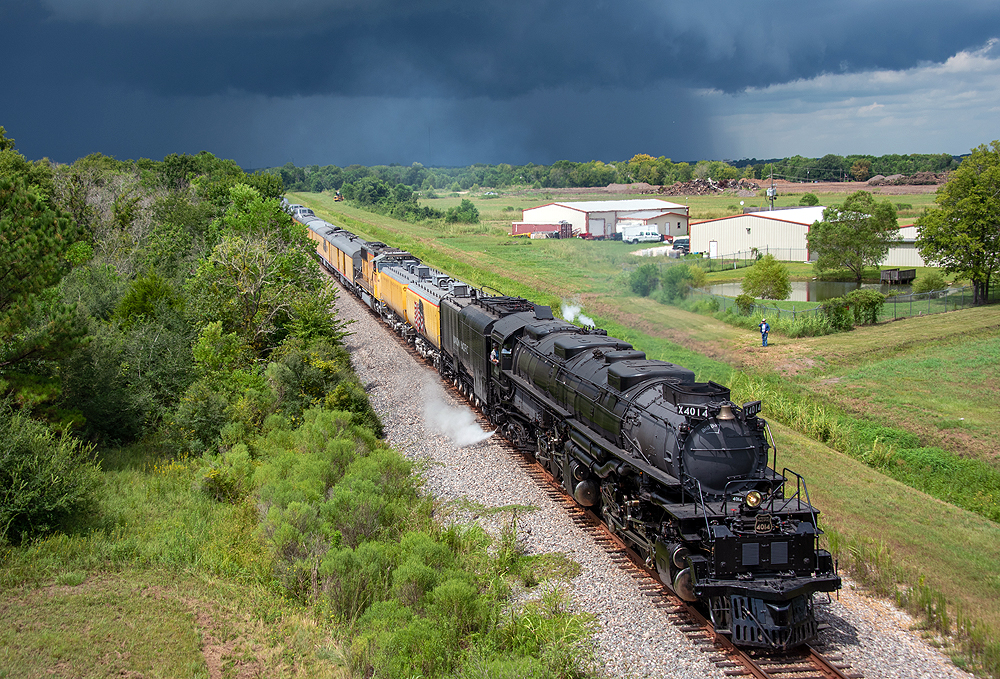
We all know the old tried and sometimes true saying, “bigger is better.” Yes, a significantly enlarged bowl of ice cream on a hot summer day is better. Finding out that your car repair bill is larger than anticipated … well, not so good.
In the eyes of the Union Pacific Railroad, long about the late 1930s, bigger was better, especially when it came to a new locomotive for the Wasatch Mountains.
Located in eastern Utah, the Wasatch Range presents a formidable barrier along the Union Pacific. If you travel east from Ogden, Utah for 55 miles, you will be in the little town of Emory, Utah. You will have also gone up 1,900 feet in elevation. Driving on the highway, this is a beautiful trip up into the mountains. A train, however, is going to struggle with such a grade.
And thus, the Union Pacific’s problem: a traffic bottleneck was forming on its line in the Wasatch. With World War II looming on the horizon, the bottleneck became a significant challenge that needed attention. The answer, as we know, was a single locomotive that could haul a 3,600-ton train, unassisted, over this stretch. Big Boy was the locomotive. A massive machine measuring nearly half a football field long and weighing over 600 tons, Big Boy easily surmounted the Wasatch.
The Union Pacific ordered 25 Big Boys. Today, eight remain, the balance having been cut up for scrap. We are all aware that the Union Pacific has restored No. 4014 to operation. Based in Cheyenne, Wyo., this Big Boy can be seen operating around the UP system. The other seven Big Boys reside in museums across the United States. Click here for a guide.
A 4000-class locomotive is an impressive sight. Beyond the machine is a story with nuances that reveal much about the Union Pacific and railroading in the 1940s.
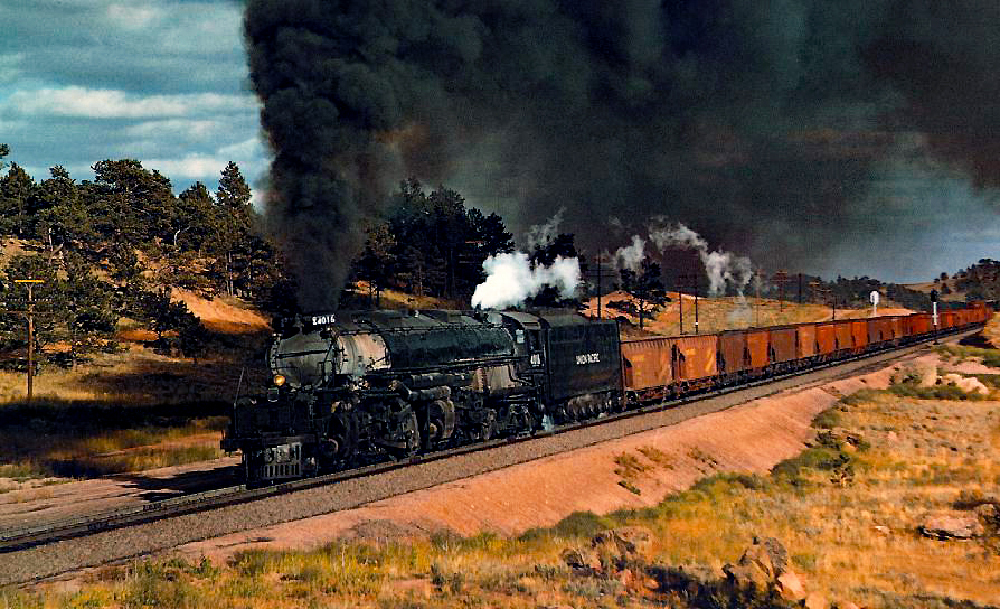
Are you really the biggest?
To herald the railroad’s activities during World War II and highlight its new locomotives, the Union Pacific placed full-page ads in national magazines touting the Big Boys as the world’s largest steam engines. Depending on how you want to measure the Big Boys, this statement is both true and false. Judging by weight, Big Boy is top at tipping the scales, weighing in at more than 1.2 million pounds. However, if one considers tractive effort — pulling power — Big Boy locomotives generated 135, 375 pounds. From the same era, there were locomotives on other roads that generated more tractive effort.
Big locomotive tractive effort
| Railroad | Wheel arrangement | Tractive effort (pounds) |
|---|---|---|
| Chesapeake & Ohio | 2-6-6-6 | 110,200 |
| Great Northern | 2-8-8-2 | 146,200 |
| Norfolk & Western | 2-8-8-2 | 132,00 compound 170,000 simple |
| Duluth, Missabe & Iron Range | 2-8-8-4 | 140,000 |
| Northern Pacific | 2-8-8-4 | 140,000 153,300 w/ booster |
| Erie | 2-8-8-8-2 | 160,000 |
| Virginian | 2-8-8-8-4 | 146,000 |
| Virginian | 2-10-10-2 | 147,200 compound 176,000 simple |
On paper, theoretically, Big Boy had competition when it came to pulling.
Back and forth this argument goes. One statistic leans toward the Big Boys, other point elsewhere. Suffice it to say, the Big Boys were very large and easily handled the job for which they were built.
How many miles?
The Union Pacific placed two orders for Big Boys.
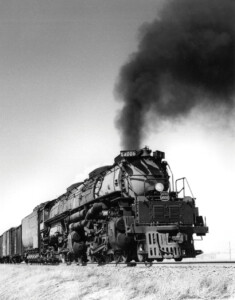
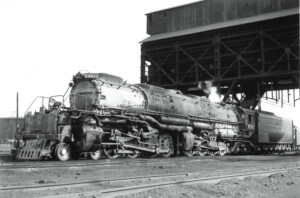
In 1941, it ordered 20. In 1944, five more were constructed. Their territory was basically the 435 miles between Cheyenne, Wyoming and Ogden, Utah. As a class, Big Boys ran until 1959, with some coming out of service earlier. Additionally, from 1941 to 1948, Big Boys only worked the 163 miles from Ogden to Green River, Wyo. From 1948 to 1959, they did not travel west of Green River. In their final years, the Big Boys only worked the 58 miles between Cheyenne and Laramie, Wyo. Every one of the first 20 Big Boys tallied over one million miles of service. The last five had all traveled over 800,000 miles when they were retired. All this on a piece of railroad just over 400 miles long.
For the record, No. 4006 holds the top mileage tally with 1,064,625 miles traveled. No. 4022 traveled the least with only 818,381 miles.
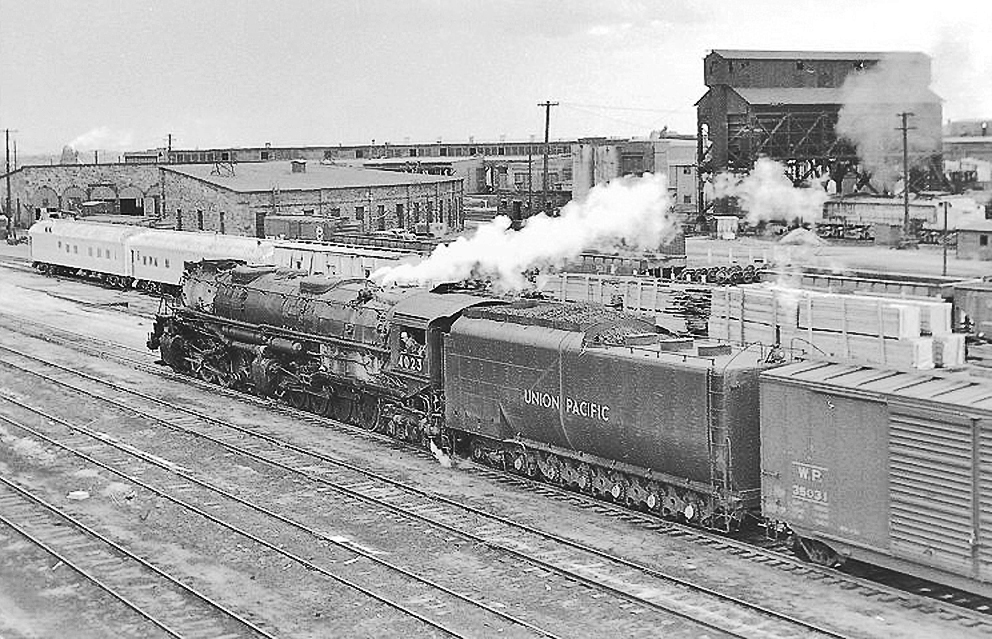
Don’t spill the coal
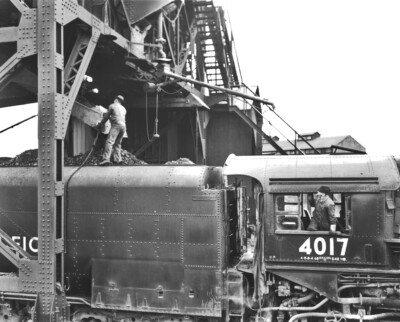
The Big Boy, no doubt, has a large appetite for coal and water. The 14-wheel tender trailing the locomotive carried 24,000 to 25,000 gallons of water and, as manufactured, 28 tons of coal. This was adequate to get a Big Boy pulling a 3,600-ton train the 40 miles from Ogden to Echo, Utah, including an hour of call and yard delay time. A challenge, however, presented itself when filling the coal bunker. Tumbling 28 tons of coal into the space happened rather quickly and could easily result in coal flowing over the top of the bunker. Beyond being wasteful, which irked the accounts, the spilled coal posed a safety concern around the coaling tower and on the tender deck. To minimize this issue many railroads added wood boards around the top of the coal bunker. The Union Pacific took this idea a step further, adding a solid steel fence to the top of the 4000-class tenders. This added height made space for an extra 4 tons of coal, bringing the total to 32 tons of capacity. It also gave crews no excuse for spilling coal over the top of the bunker, but they still did … occasionally.
This conversation only scratches the surface of interesting Big Boy facts. It’s time for your to do some additional research. Look up a copy of Union Pacific’s Big Boys in the Kalmbach Hobby Store. It will take your Big Boy knowledge to a whole new level.
Check out more articles on Big Boy!






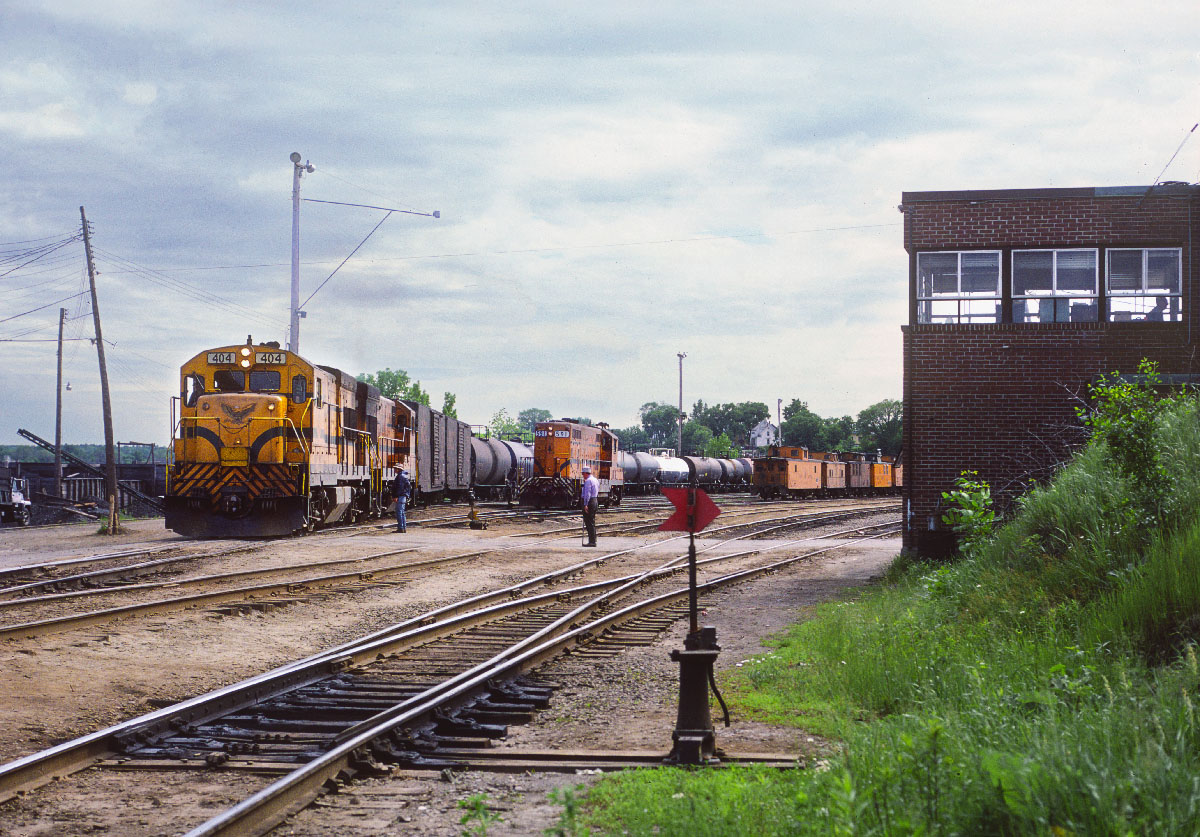
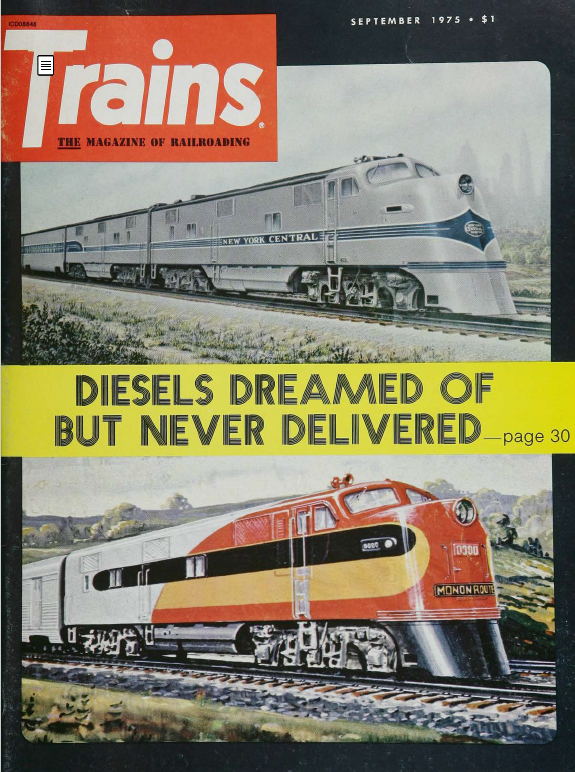
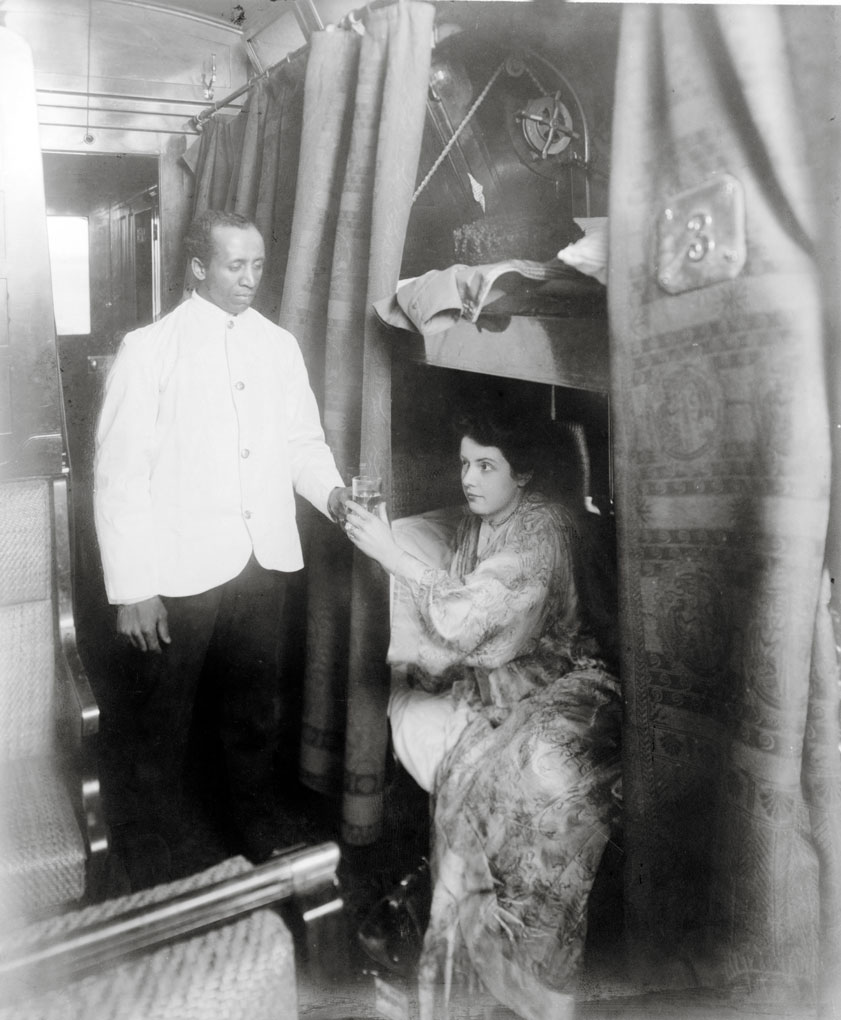





I volunteered at the Museum of the American RR (previously known as the Age of Steam Museum) for about 12 years, including the painfully long, physical transition from Fair Park to the new, larger location in Frisco, TX, north of Dallas. When touring museum visitors, I routinely pointed out much of what was described in this article, regarding the various size comparisons and the vagaries therein. What I generally told our visitors was that the Big Boy was most likely the largest – successfully operated – steam locomotive in the world.
Many of the other big engines that folks point to for size comparisons:
1) only one or two of the engine in question were ever built;
2) frequently those proved to be less than ideal and were subsequently scrapped prematurely;
3) did not rack up a combined, 25-million revenue miles for their respective roads;
4) were not in service for almost two decades;
5) had the first 20 units (80% of the total fleet) purchased in a single order – at $263,000, “1941 dollars” each! (ie: > $5.4M a piece, in today’s dollars);
The one area in which the Big Boy does win – from everything I’ve read over the last 50+ years – is in the square area of the fire grate, upon which the burning coal sat and through which the air for combustion came. The Big Boy grate area measured 150 sq. ft. Think of an 8 x 10 office, and then double it! That’s 160 sq. ft., so just a little bit larger than the grate. (I would have gladly “taken” an office that big back in the day before “office cubes,” “open offices” and “home offices” became all the rage!!)
Another area where the Big Boy family scores high is in their preservation rate: 8 out of 25 = 32% of the engines preserved! I am pretty sure that is the highest of any class of engines, anywhere. Many classes are truly extinct, with not a single “copy” of the class remaining anywhere in the world. Others, like SP’s cab-forwards or the Challengers, which were owned by a number of roads, are represented by only one or two remaining examples.
Last, but hardly least, the Big Boys are represented “Live and In Person,” via the operational status of number 4014! The public – and particularly we railfans – owe a huge vote of thanks to the UP Steam Team for undertaking the physical restoration and to UP management for underwriting that effort! More broadly, the UP deserves credit for (quite possibly) preserving — and operating — more of their historic equipment, than any other single railroad in the world.
Thank you, thank you, thank you!
May 4014 “live” long enough to rack up another million miles!
Scotty-
Scott W. Fischer
Manufacturing Software Engineer (Retired; and No, I never worked for any railroad.)
Member: NMRA (Life member)
Member: Mexico Train Works model RR club, Mexico, MO
Docent (Former): Museum of the American Railroad, Frisco, TX – home of Big Boy #4108 and UP Centennial #6913
I grew up in Dallas and saw 4018 quite a bit when it was parked at the State Fair location. I haven’t been to see it in its new location.